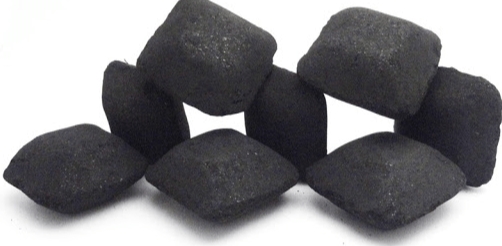
Carbon electrode paste can be a vital material that is used in electric arc furnaces (EAFs) in the manufacture of aluminum, where it serves as a medium to transfer electrical energy and generate heat during the process of reduction. Carbon electrode paste is used for other purposes in metallurgy, including submerged arc kilns (SAFs), which are made to create ferroalloys iron ore and calcium carbide.
The thermal conductivity of a cylinder is directly related to the degree of graphitization of cylinder pastes, and it determines the effectiveness of the paste when used in certain melting applications. This is why detailed information on thermal properties is needed to provide a precise description of its performance at high temperature and also to determine its performance within a particular application. This paper presents the first information of its kind on thermophysical properties for carbon electrode pastes at temperature ranges of room 10-73K (800 degrees Celsius).

The conductivity of the electrical circuits in carbon paste is an essential characteristic, since it ensures the reliability and efficiency of energy transfer from the electrode to the charges smelting. In addition the electrical conductivity of carbon electrode paste increases as temperatures increase, and depends on the degree of graphitization.
Consequently, it is important to know how the temperature characteristics of carbon electrode paste vary during baking order to maximize its efficiency. Consequently, the present work provides the results of a series of thermal measurements on different types of carbon electrode pastes at different temperatures.
Carbon electrode paste made from three components, calcined oil coke, coal tar pitch, and anthracene. CPC is a coking byproduct that acts as a primary carbonaceous ingredient and gives the paste strength and conductivity. The coal tar pitch an viscous black liquid that is a byproduct of the distillation of coal tar, acts as a binder. It also ensures that the paste stays cohesive and robust. Anthracene is used to enhance the paste’s mechanical and rheological properties.
The components must be measured, mixed and poured into an Sigma Mixer. This mixer is then used for a specified time period, known as the mixing cycle. The mixer is heated to approximately 1600 degrees Celsius by thermic fluid and maintained at a constant rate so that it can achieve the ideal paste properties that include its flowability (measured as plasticity).
When the mix is at the right temperatures, the block is placed in a mold and baked at a specified temperature for the specified period of time. This creates a firm electrode composed of carbon. The baking process will not only enhance its electrical properties of the electrode but as well its durability. The baked electrode is wrapped in a steel cylinder in order to be shipped to the buyer.

Write a Message